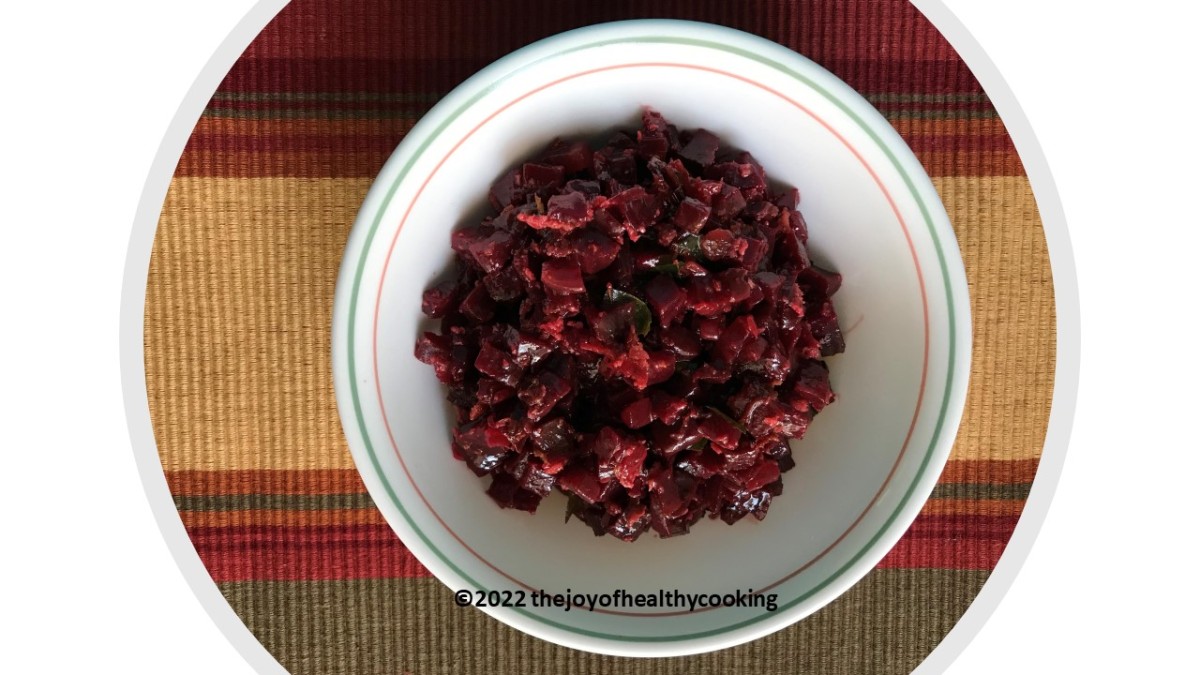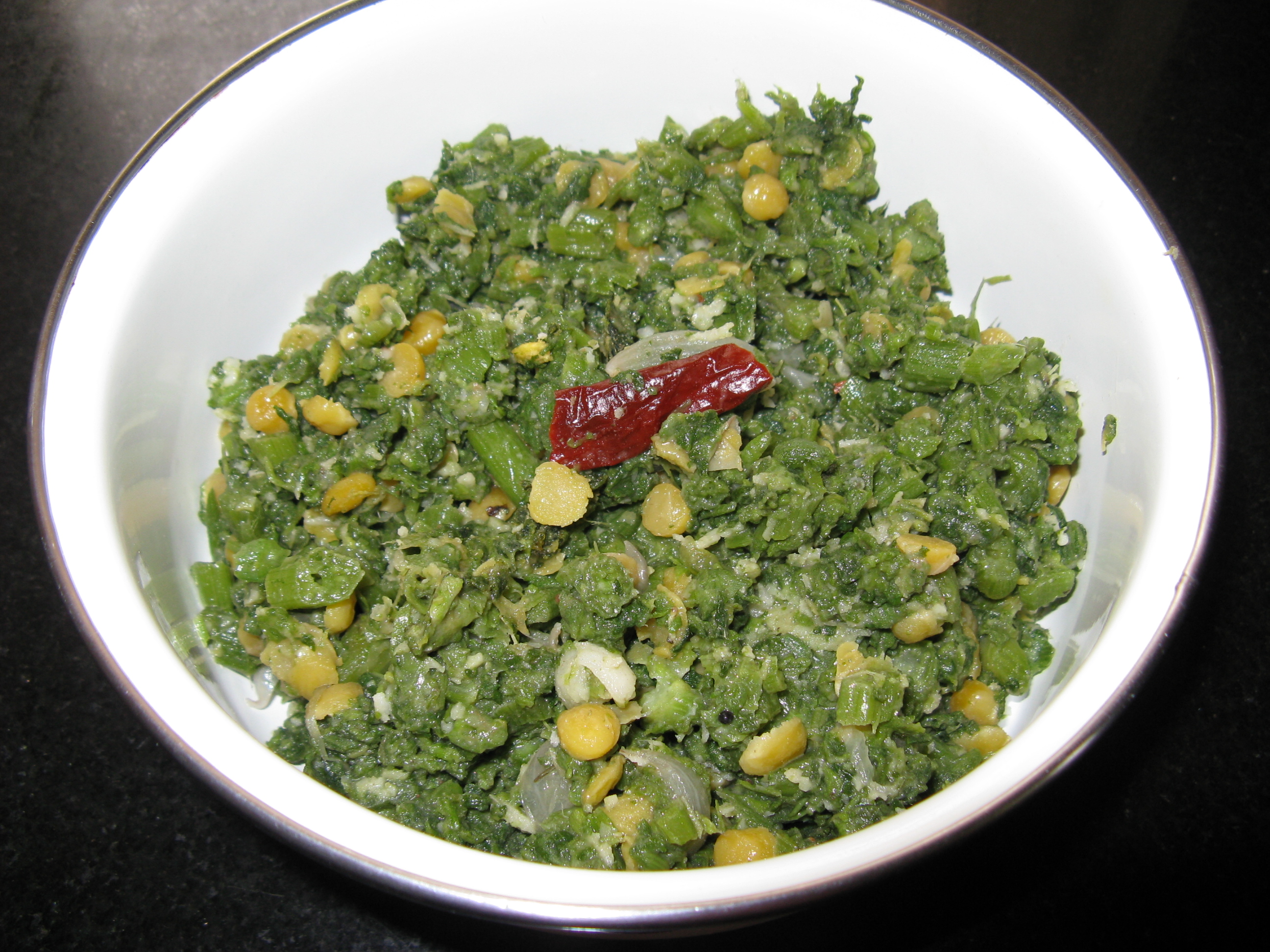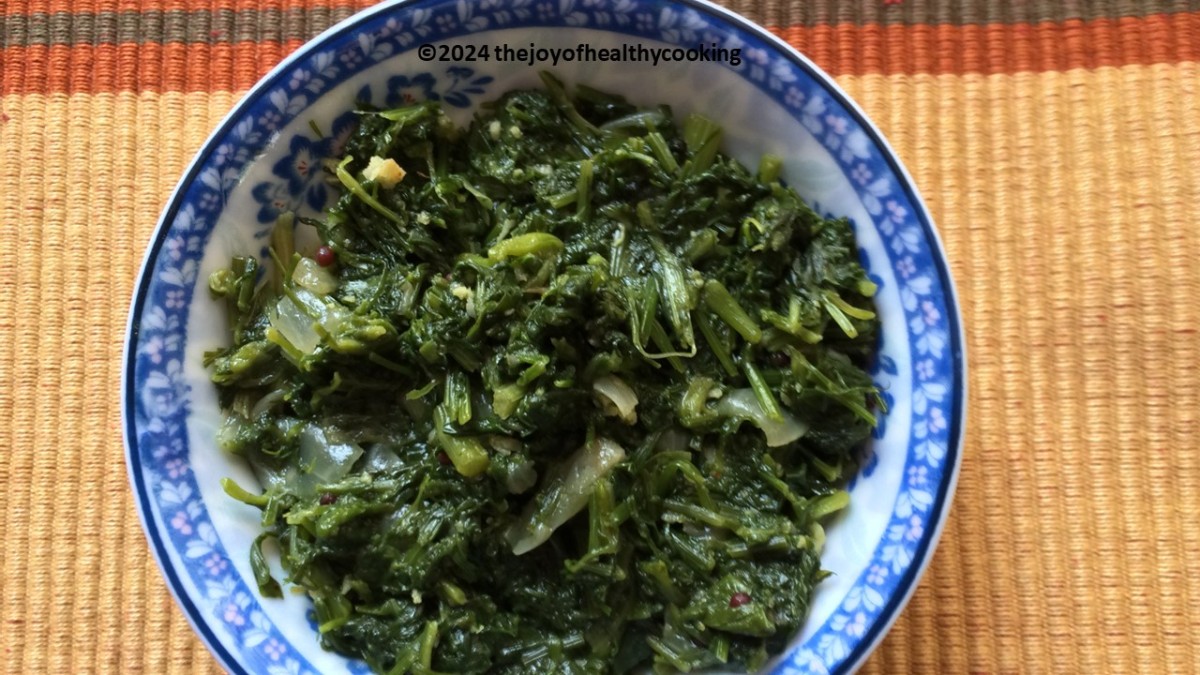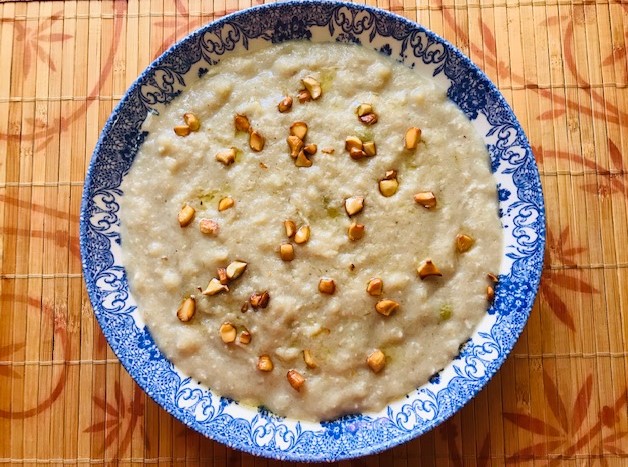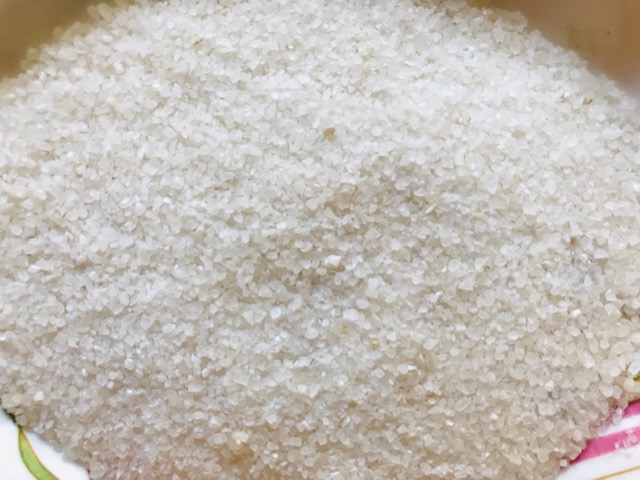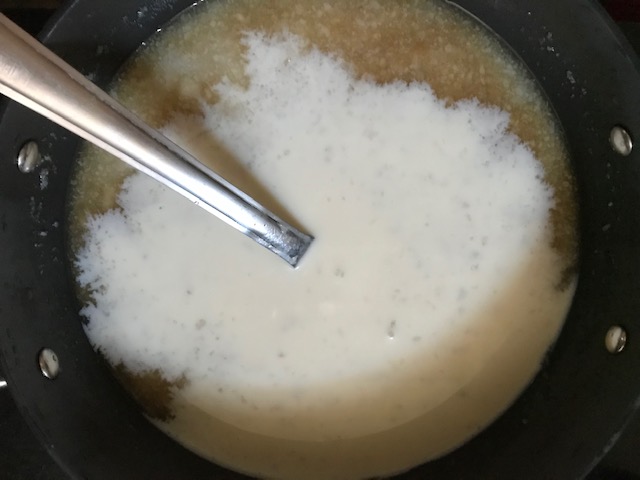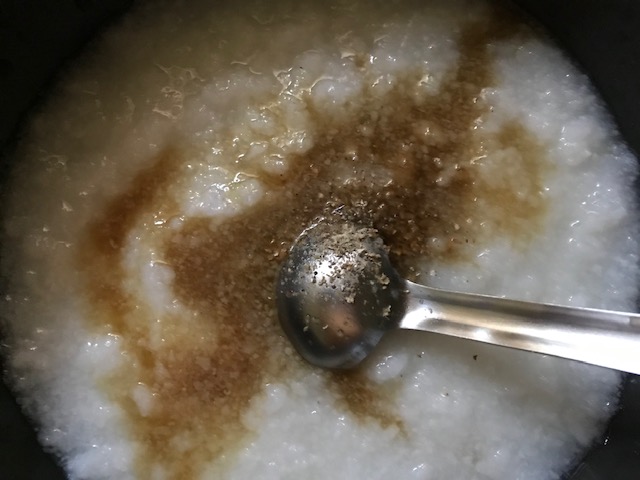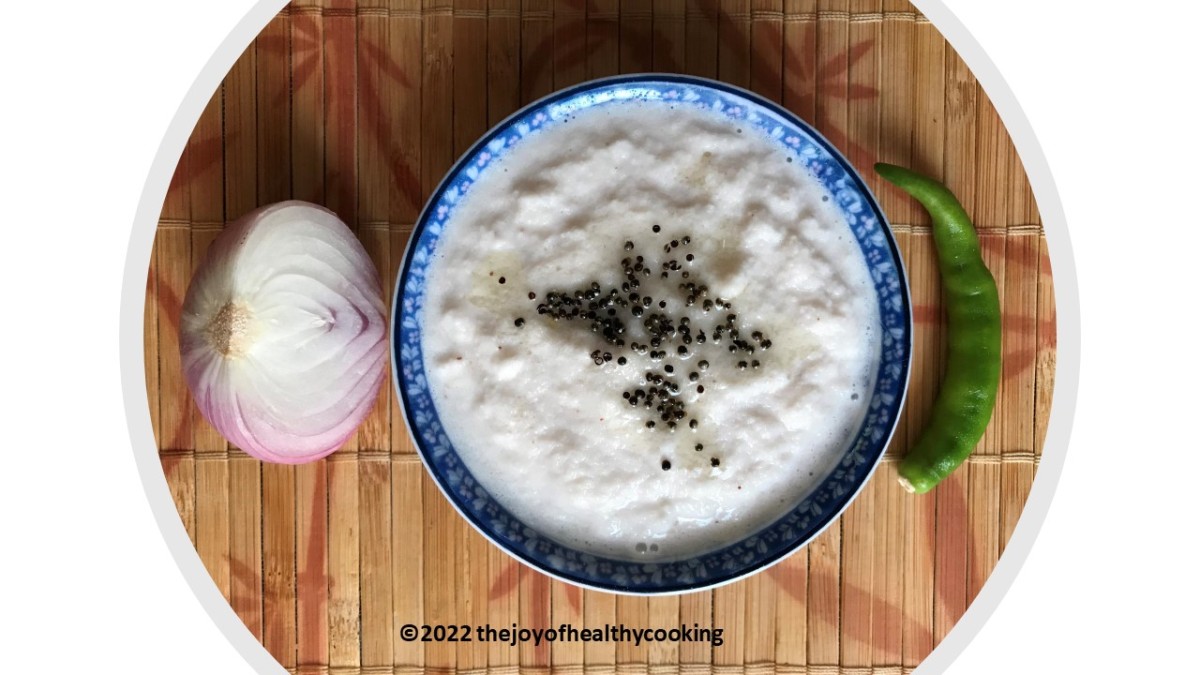Beetroot is a root vegetable that adds color to our plate. We love this vegetable and use it in salads, curries and fries. Beetroot salad is a hot favorite in our home and I have shared its recipe in an earlier post.
Beetroot is a very healthy vegetable packed with nutrition. They are an excellent source of folate, potassium, manganese, vits. C and A. They are believed to reduce inflammation, protect cells from damage, increase stamina and prevent heart disease. Since they are a good source of fibre, they provide the gut with good bacteria and boost immunity (Source: WebMD).
This Beetroot stir fry is made across south India with a few variations from region to region. It is called Thoran in Kerala, Poriyal in Tamilnadu and Palya in Karnataka. Here is a simple Kodava recipe to make a Beetroot stir fry (Chonda Kande Bartad) that is packed with flavors. It is a healthy and delicious dish that is easy to make with vey few ingredients so that its goodness is preserved.
You’ll need the following ingredients:
Ingredients
2 medium-sized Beetroots, peeled and cut into small pieces as shown in the picture below
1 medium-sized Onion, chopped fine
2 Green Chilies, slit
¼ tsp Mustard seeds
8-10 Curry leaves
2 tbsp Oil
2 tbsp grated Coconut
Salt to taste

Method
- In a pan, heat oil. Add mustard seeds. When it sputters, add the onions. When it turns pink, add the green chilies and the curry leaves.
- After a minute add the cut beetroots. Stir well. Add ¾ cup water and let it come to a boil. Add salt and allow it to cook on a slow flame till well cooked.
- Once the beetroots are well cooked, add the grated coconut and stir well. Cook on a slow flame till all the moisture has evaporated.
Beetroot stir fry is ready to eat as shown below.

This dish is a great addition to a lunch or dinner menu and goes well with white rice and vottis.
Hope you enjoy making this dish!
